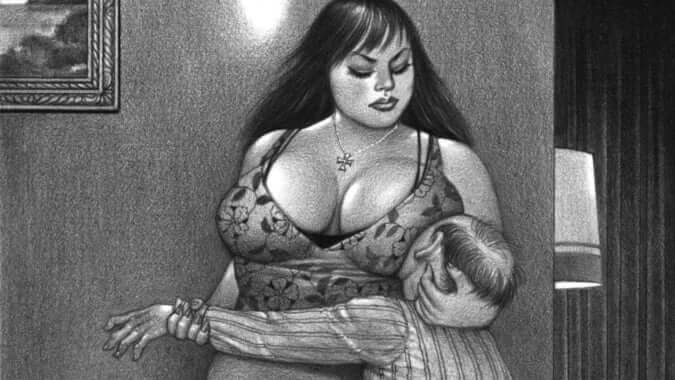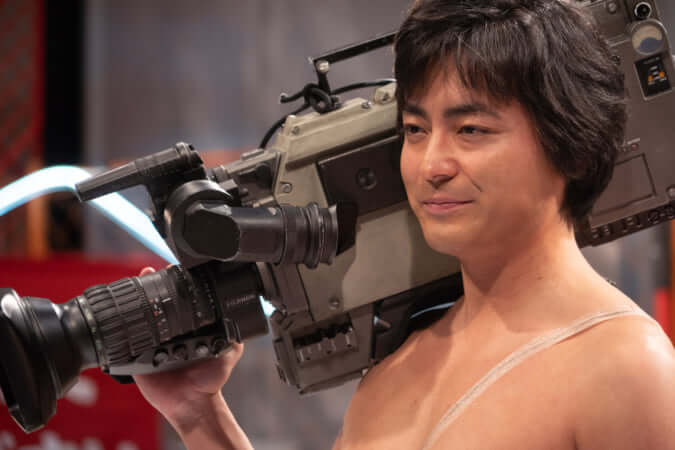Paris, Kyoto: Kohei Nawa
In this special episode shot in Kyoto, the Japanese sculptor, Kohei Nawa, invites us to his workshop Sandwich, to tell about his monumental work Throne currently displayed under the Pyramid of the Musée du Louvre in Paris (as part of ‘Japonismes 2018’). Born in 1975 in Osaka, Nawa studied sculpture at Kyoto University of Art and Design and Royal College of Art in London. The artist seeks a new dimension of perception, combining the use of various materials such as prisms, polyurethane and silicone oil with cutting-edge techniques including 3D scans and manipulations on computer. Arguably, one of the best-known series is PixCell, in which he covers found objects such as a taxidermied deer with a complex layer of glass beads. This unique approach is associated with the concept of the ‘cell’ that the whole world is made up of cellular structures. A collection of rubble-like objects rising, Throne was first showcased in 2011, when Nawa held his solo exhibition at The Museum of Contemporary Art Tokyo three months after the Great East Japan Earthquake. Exploring the key ideas behind the work, the artist reflects on a relation between Paris and Kyoto and how these cities inspire his creations.
©︎Kenji Aoki
©Nobutada OMOTE / SANDWICH
TRENDING
-
Ishiuchi Miyako, A Singular Perspective on Women
Recipient of the 2024 Women in Motion Award, the photographer creates intimate portraits of women through the objects they left behind.

-
Recipe for Ichiraku Ramen from ‘Naruto’ by Danielle Baghernejad
Taken from the popular manga with the character of the same name who loves ramen, this dish is named after the hero's favourite restaurant.

-
Namio Harukawa, Master of Japanese SM Art
'Garden of Domina' offers a dive into the world of an icon of ‘oshiri’, whose work has now reached a global audience.

-
The Tattoos that Marked the Criminals of the Edo Period
Traditional tattoos were strong signifiers; murderers had head tattoos, while theft might result in an arm tattoo.

-
The Emperor of Japanese Porn is Now the Star of a Netflix Series
Deliciously funny, The Naked Director especially succeeds in reviving the atmosphere that was so characteristic of 1980s Japan.





